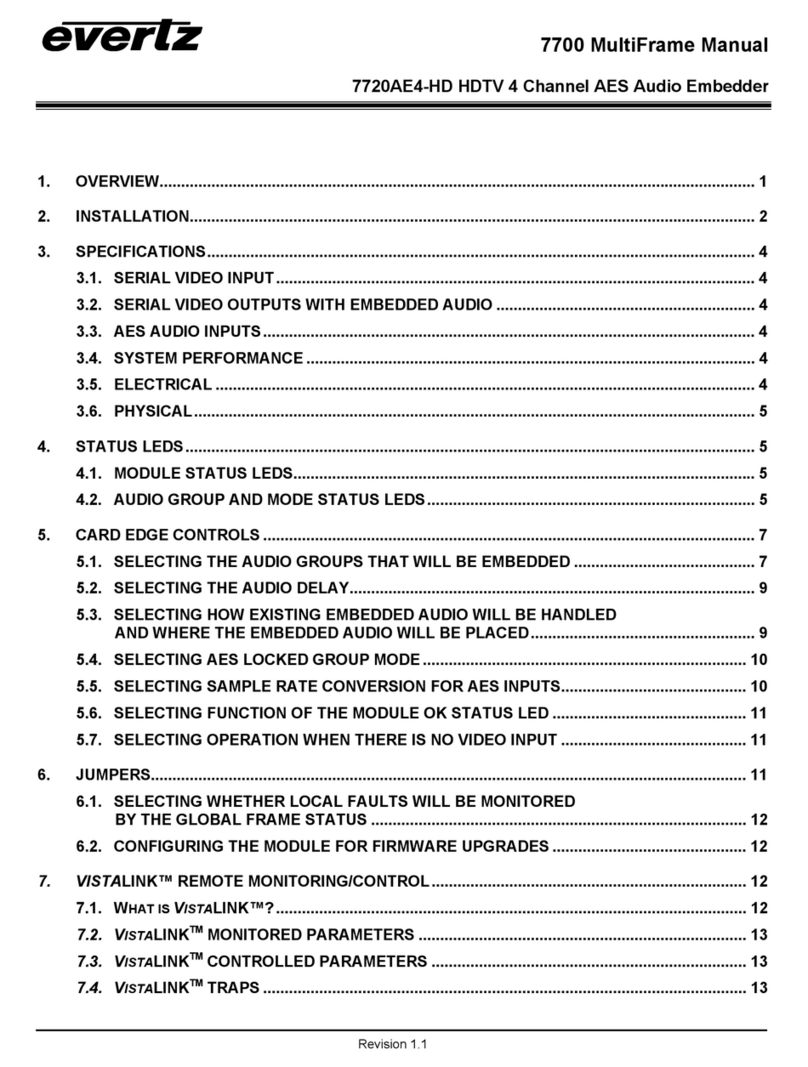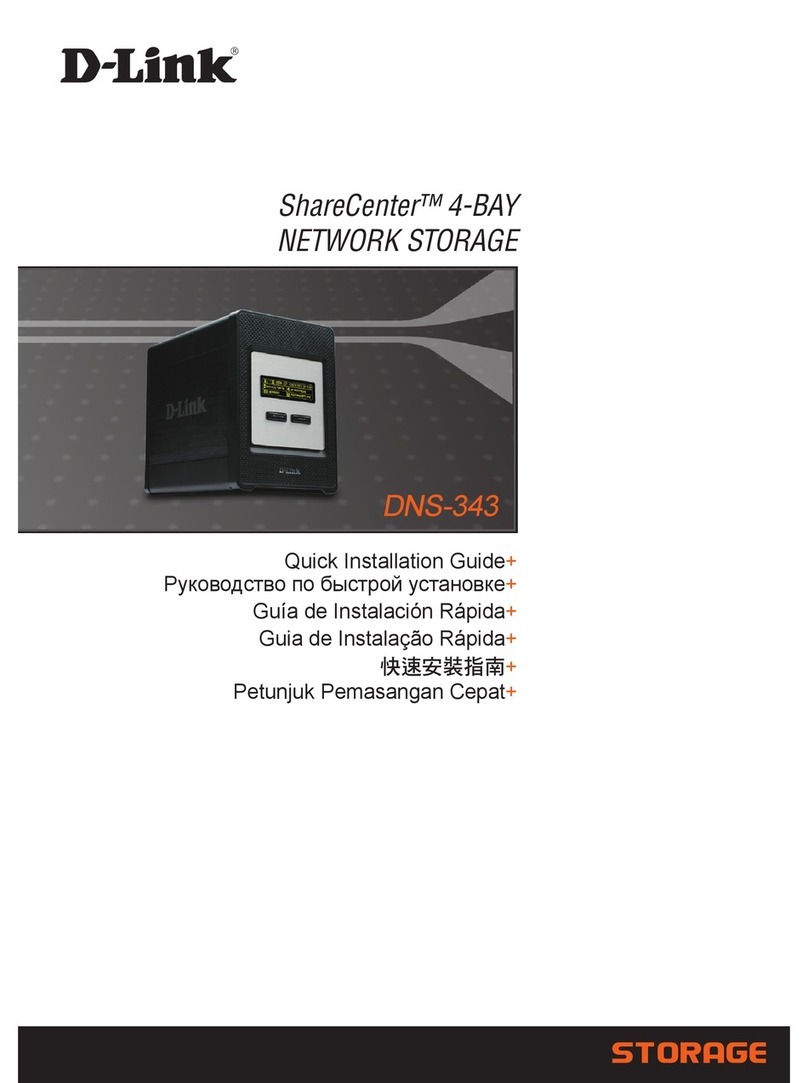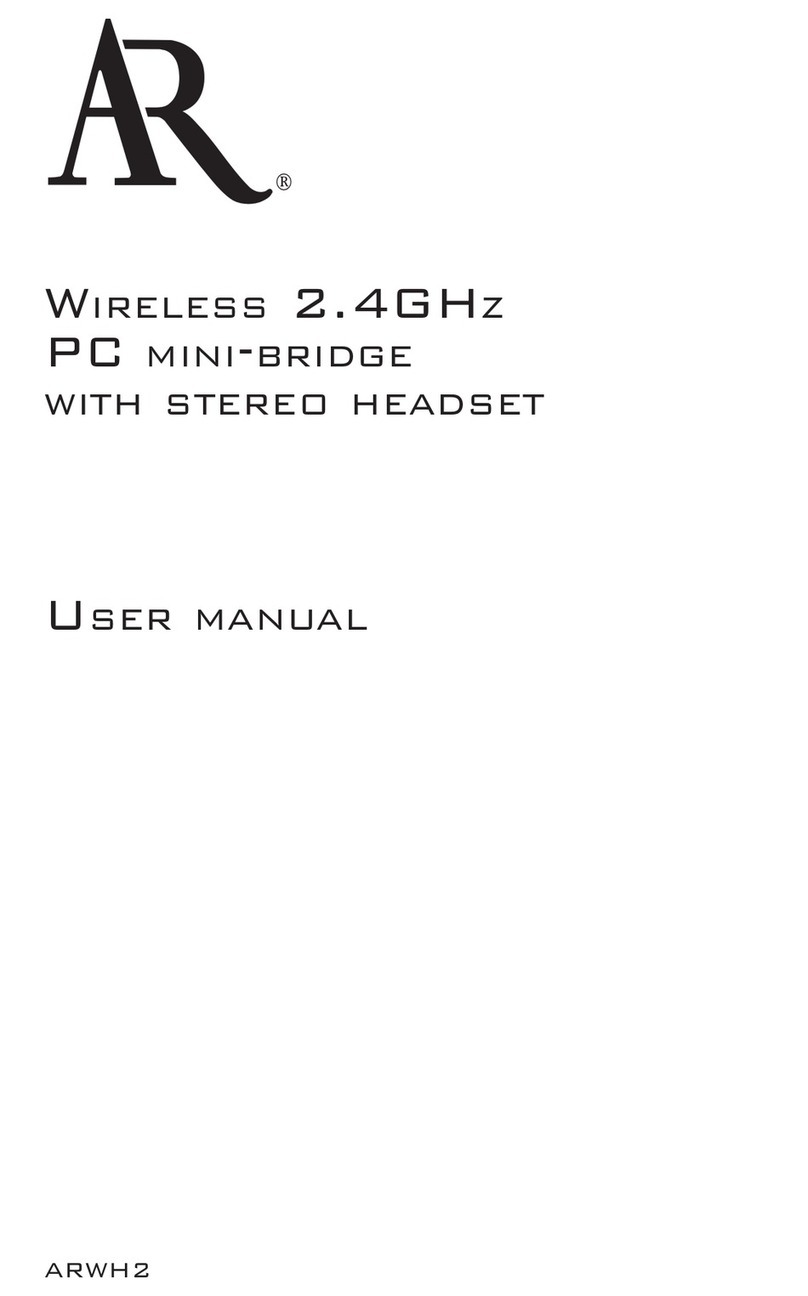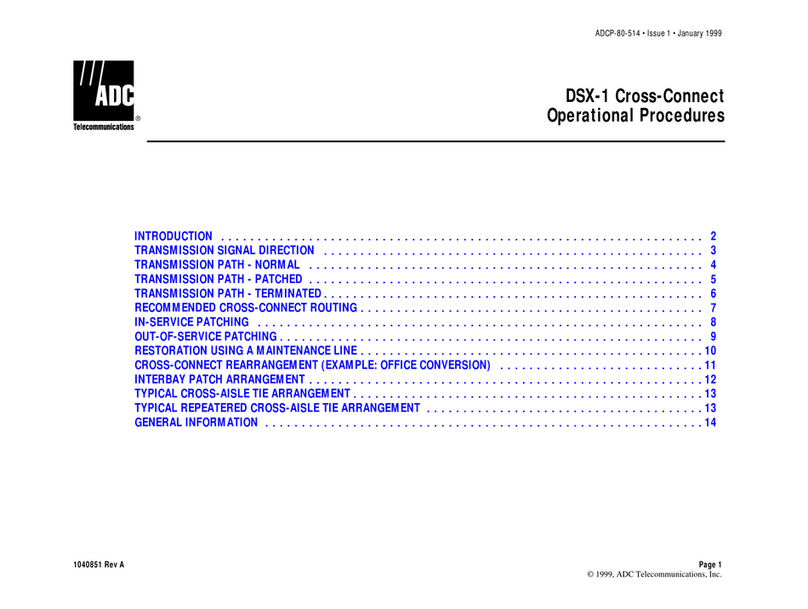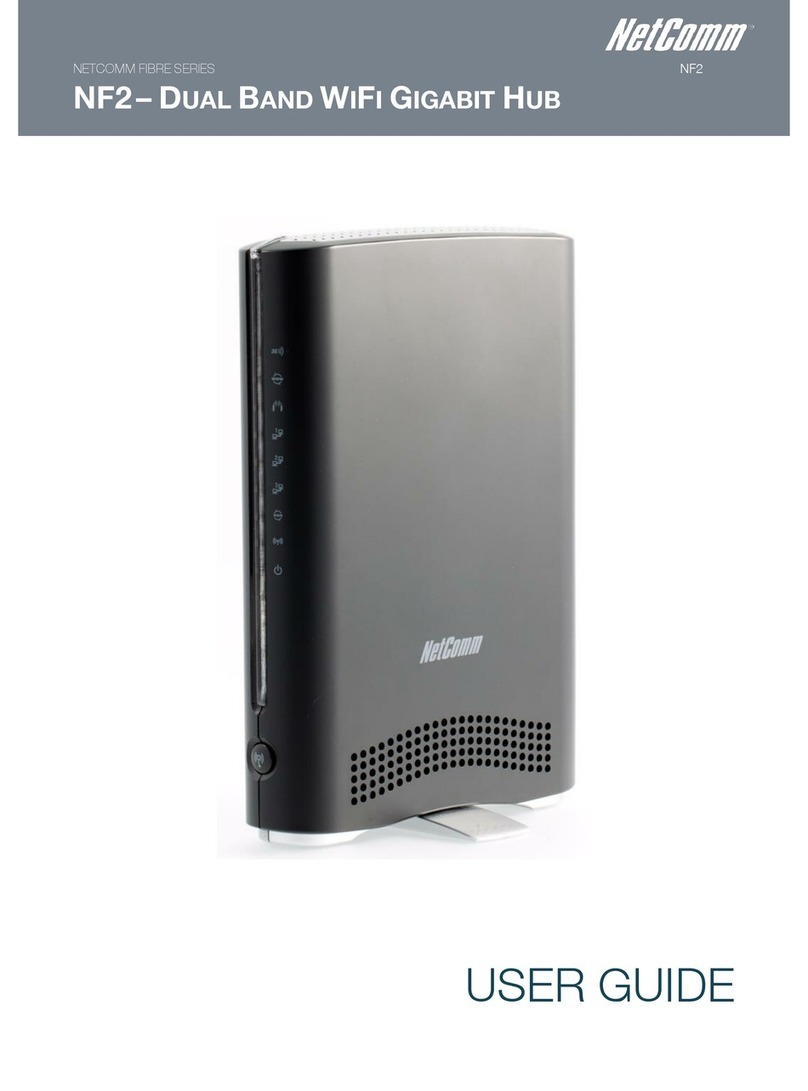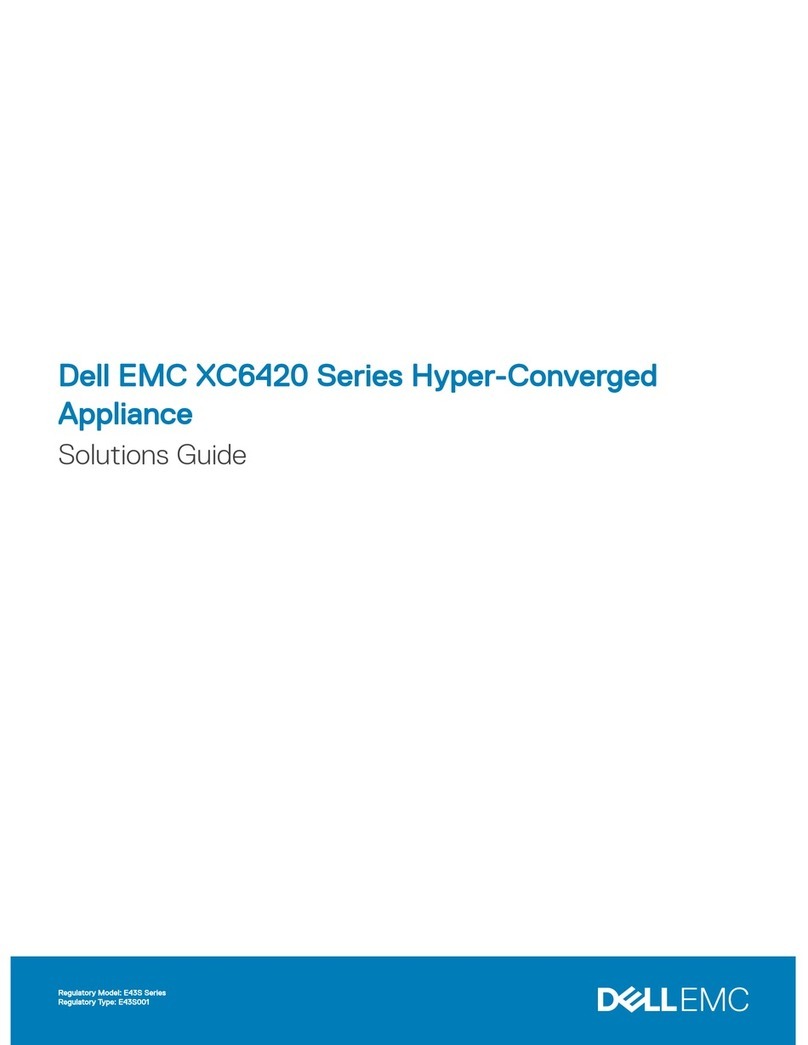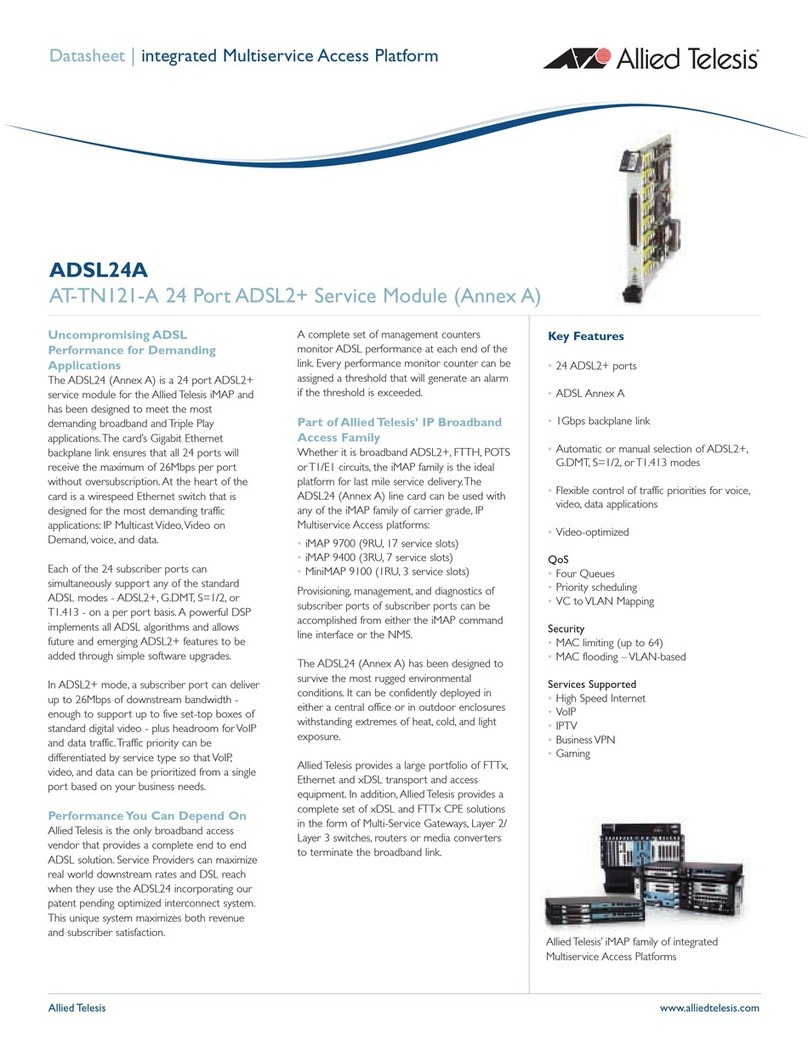Helmholz TS 300 GSM User manual
Other Helmholz Network Hardware manuals

Helmholz
Helmholz 700-158-3DP01 User manual
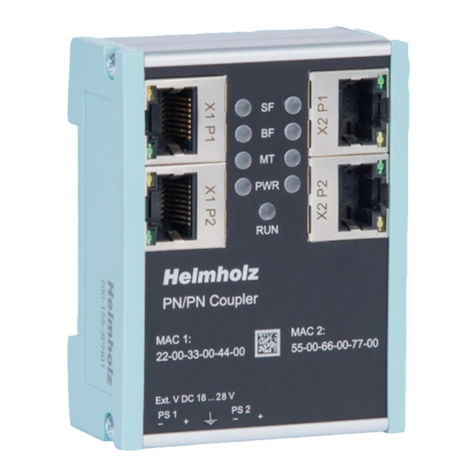
Helmholz
Helmholz 700-158-3PN02 User manual
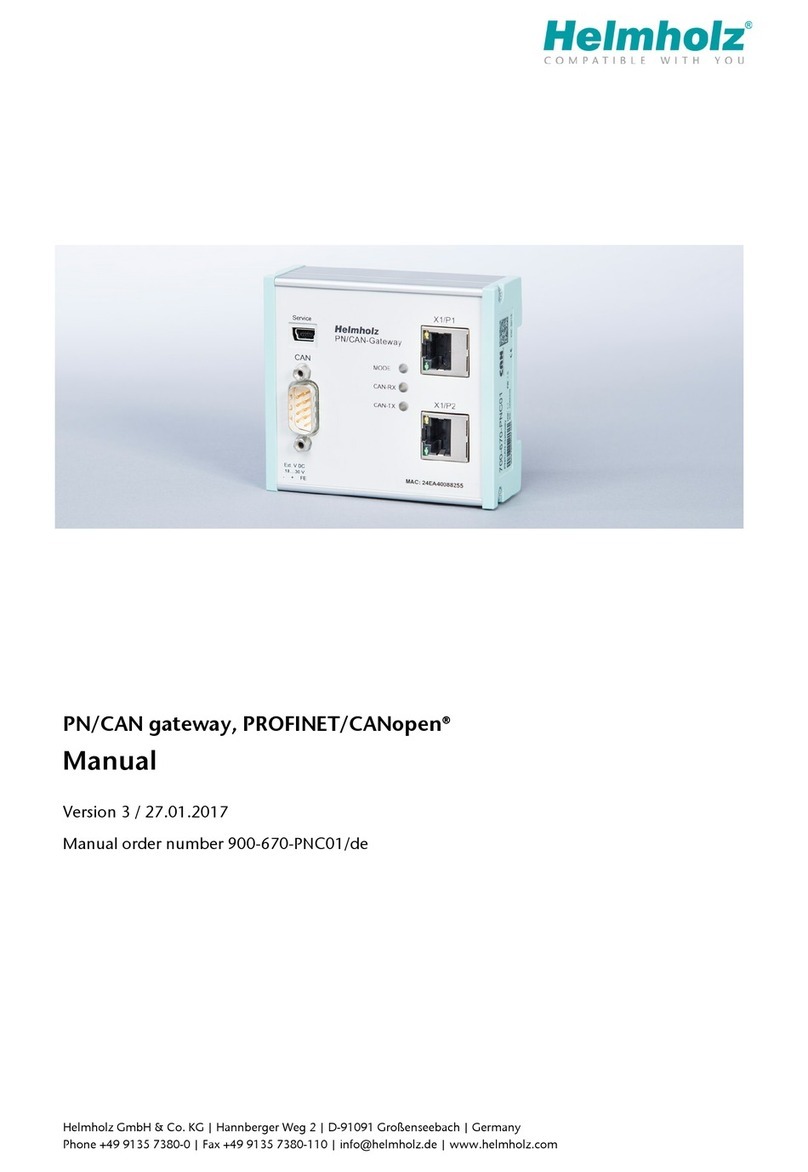
Helmholz
Helmholz PN/CAN gateway User manual
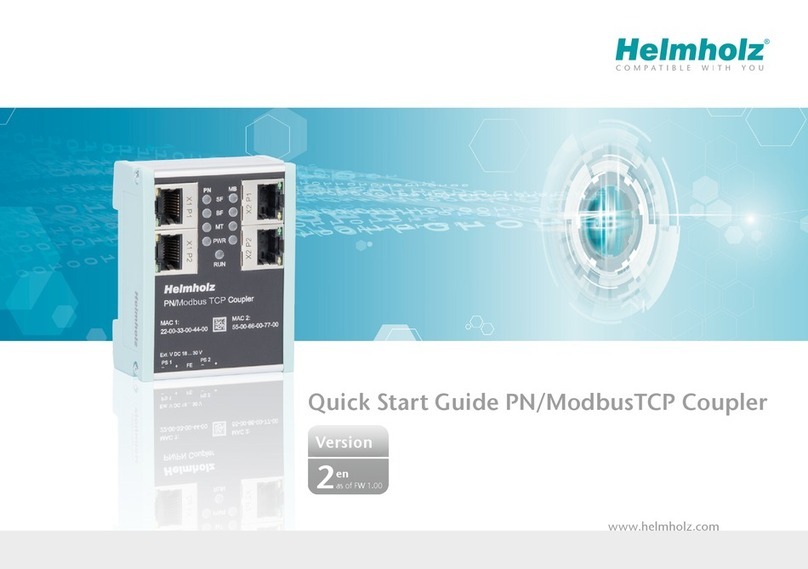
Helmholz
Helmholz PN/ModbusTCP Coupler User manual

Helmholz
Helmholz WALL IE User manual
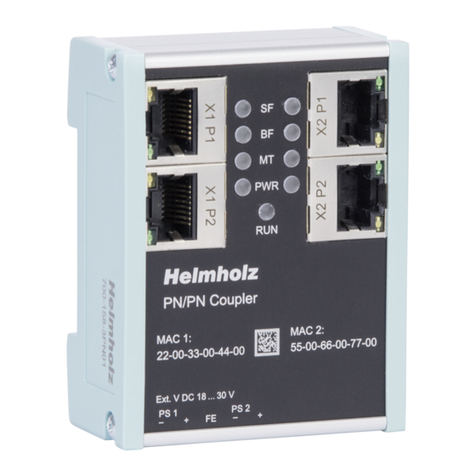
Helmholz
Helmholz PN/EtherNetIP Coupler User manual
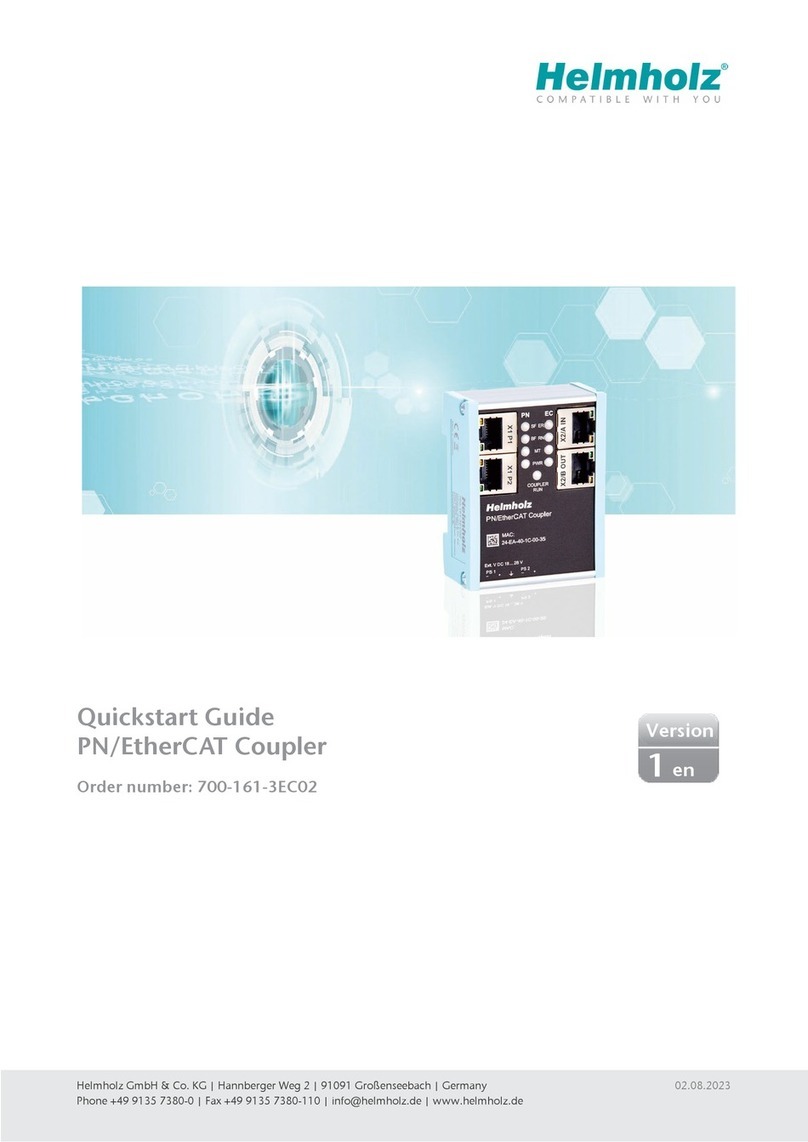
Helmholz
Helmholz PROFINET Coupler PN / EtherCAT User manual
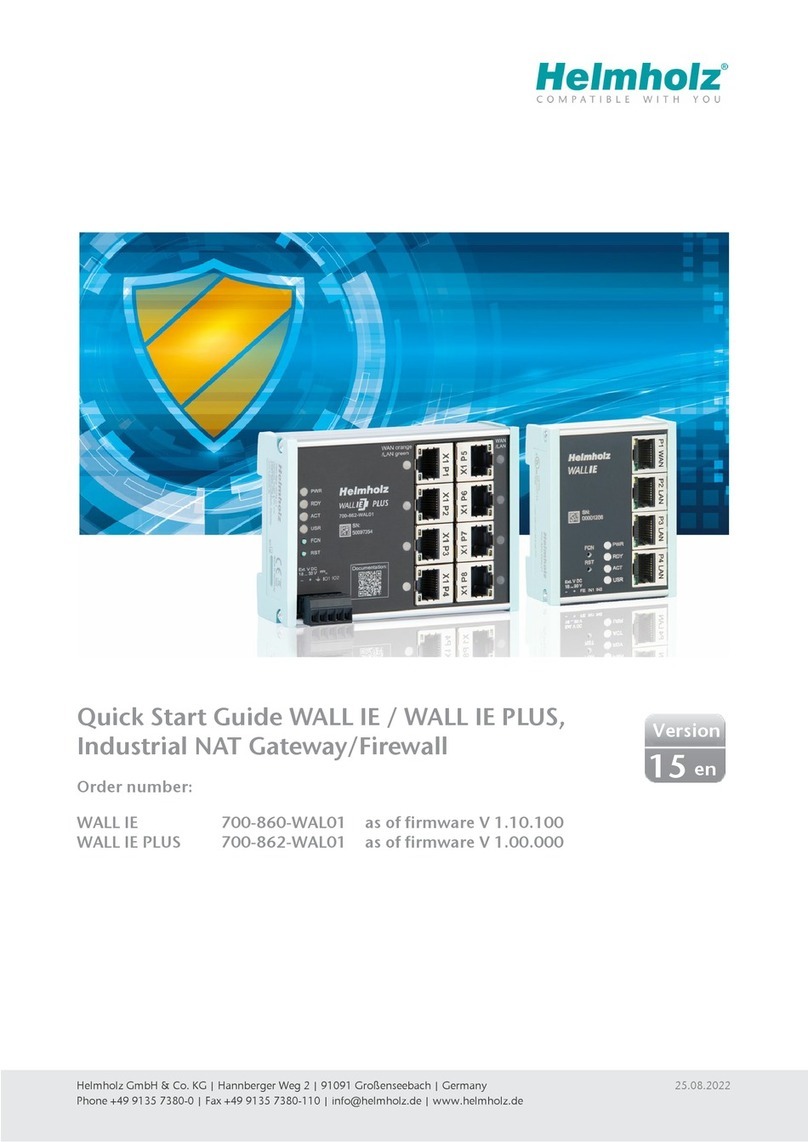
Helmholz
Helmholz WALL IE User manual

Helmholz
Helmholz MQTT Broker User manual
Popular Network Hardware manuals by other brands

Matrix Switch Corporation
Matrix Switch Corporation MSC-HD161DEL product manual

B&B Electronics
B&B Electronics ZXT9-IO-222R2 product manual

Yudor
Yudor YDS-16 user manual

D-Link
D-Link ShareCenter DNS-320L datasheet
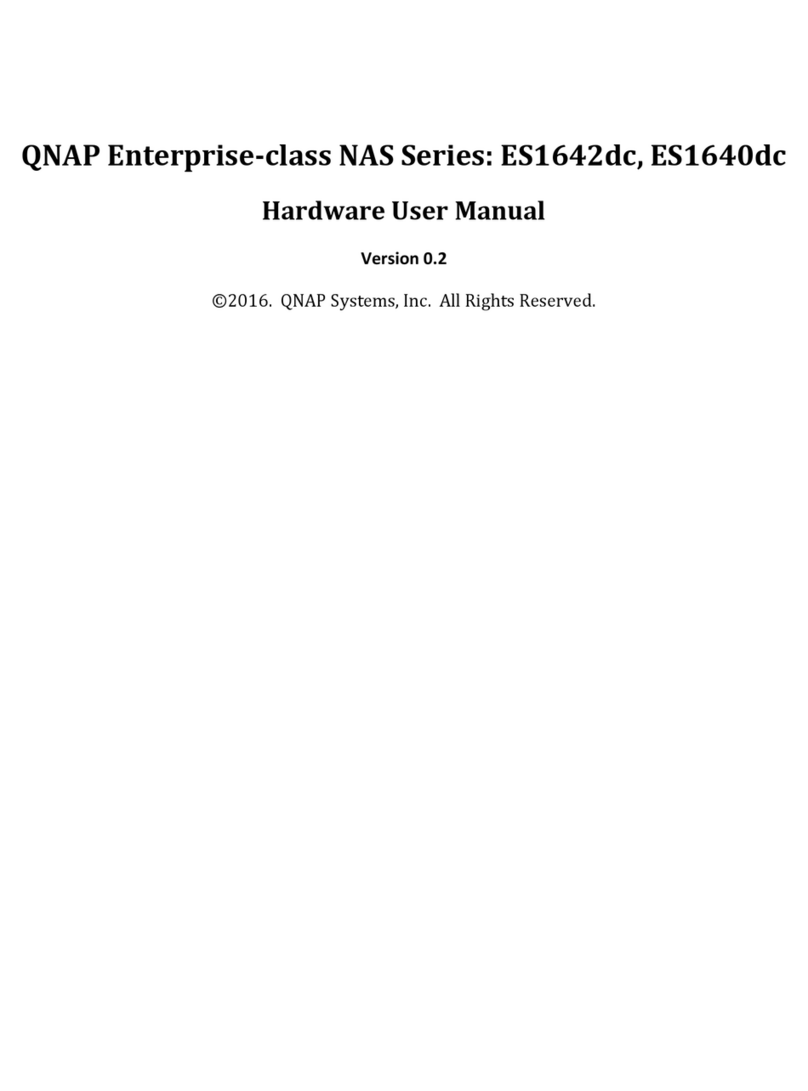
Samsung
Samsung ES1642dc Hardware user manual

Honeywell Home
Honeywell Home LTEM-PV Installation and setup guide
